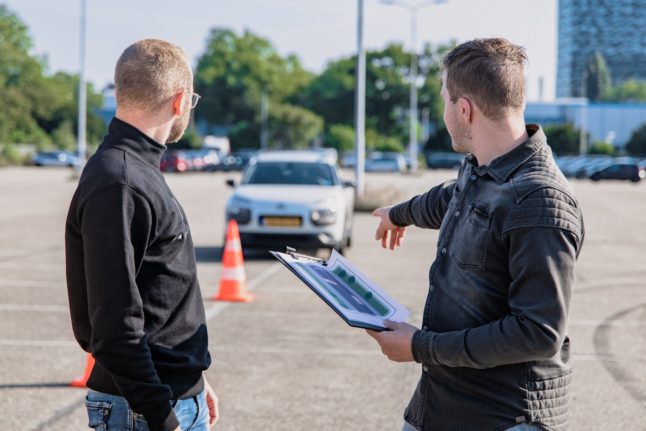Nearly three years after the EU published the three competition notices, which would see potential candidates added to a jobs reserve list, Italy and Spain have finally won their case to see the adverts scrapped.
The notices were published in December 2012 and the following January, requiring candidates to have a thorough knowledge of one of the EU’s official languages, in addition to a satisfactory knowledge of either English, French or German.
EU recruiters from the European Personnel Selection Office (EPSO) argued the latter requirement would enable them to communicate with candidates. Additionally, it proved jobseekers would be able to immediately get to work without encountering any linguistic problems.
But Italy launched a legal challenge, based on rules which state Europeans have the right to address the EU and receive a reply in any one of the official languages. It argued that the job adverts were discriminatory, while Spain additionally said it gave a competitive advantage to those whose first language was either English, French or German.
After a lengthy legal battle, the General Court of the European Union on Thursday ruled in favour of Italy and Spain. The court annulled the competition notices on the grounds that they limited correspondence to the three languages.
Limiting choice to a small number of languages is discriminatory, the court said citing previous cases at the European Court of Justice.
From now on candidates will be entitled to choose the official language they use to write their application, including Italian and Spanish, while EU recruiters are also required to reply in jobseekers’ chosen language.
According to an EU survey released in March 2012, a few months before the competition notices were published, Italians are among the Europeans least likely to speak any foreign language.
Sixty-two percent of Italians could not speak a foreign language, second only to Hungary in the EU and one percentage point above the UK and Portugal. The report said English was the most widely-spoken foreign language, followed by French and Germany.





 Please whitelist us to continue reading.
Please whitelist us to continue reading.
Member comments